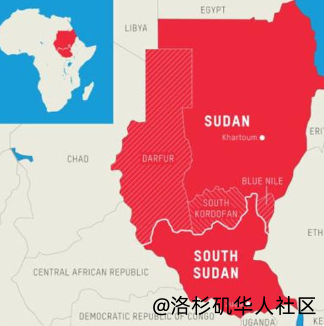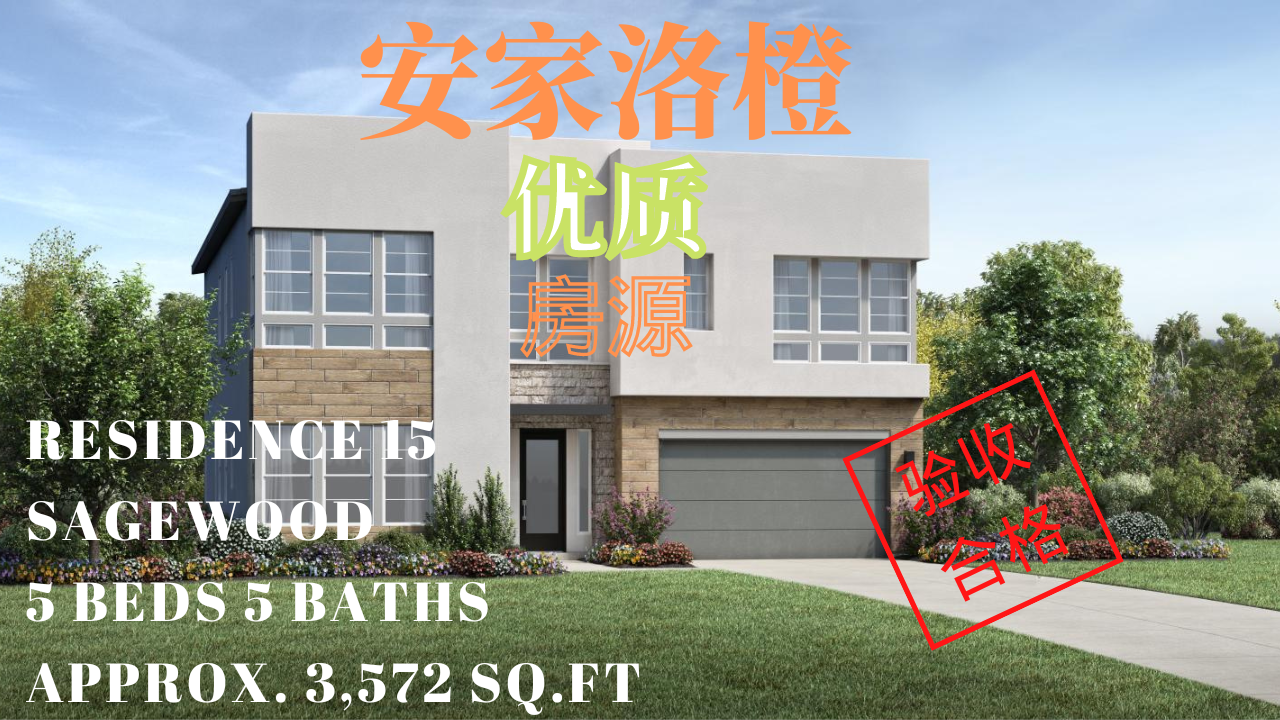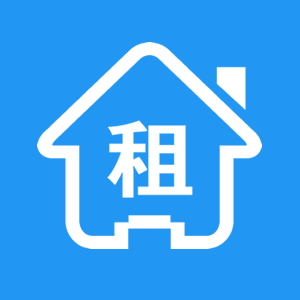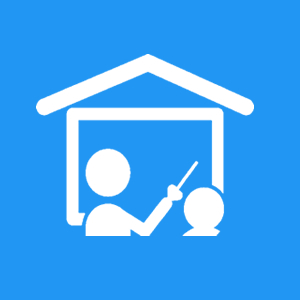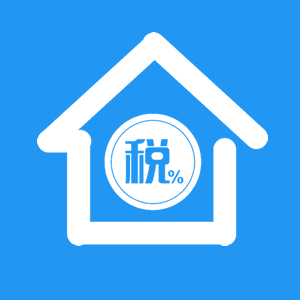Wi-Fi 7 explained
WiFi 7 is the upcoming WiFi standard, also known as IEEE 802.11be Extremely High Throughput (EHT). It works across all three bands (2.4 GHz, 5 GHz, and 6 GHz) to fully utilize spectrum resources. While WiFi 6 was built in response to the growing number of devices in the world, WiFi 7's goal is to deliver astounding speeds for every device with greater efficiency. If you're struggling with constant buffering, lag, or congestion, a WiFi 7 router may be your best solution.
WiFi 7 introduces 320 MHz ultra-wide bandwidth, 4096-QAM, Multi-RU, and Multi-Link Operation to provide speeds 4.8× faster than WiFi 6 and 13× faster than WiFi 5. Unlock more scenarios than ever before.
Wi-Fi 7 delivers features based on the new 802.11be standard and extends the capabilities of Wi-Fi 6E. Although Wi-Fi 7 is not yet finalized, capabilities include:
l 320 MHz bandwidth channels
l Multi-link operation (MLO) for channel aggregation across different bands and failover
l 4096 QAM (4k QAM) for higher peak data rates
l Spectrum puncturing to better accommodate interference in wide channels
As part of the certification process, the Wi-Fi Alliance will determine which features are required and which are optional.
Benefits of Wi-Fi 7
Whether at home on a Wi-Fi 7 router or in the enterprise wireless network setting, Wi-Fi 7 should shine in the areas of higher speeds, reduced latencies and the ability to handle higher client densities with each individual user having better connections.
Wi-Fi technology is at a point where it may finally compete with Ethernet for speed and reliability. Everything from cloud applications to virtual reality and the highest-resolution video will all benefit when run on Wi-Fi 7 clients connected to a properly designed Wi-Fi 7 network.
When will Wi-Fi 7 be available?
Wi-Fi 7 is expected to be ratified in early 2023. Wi-Fi fans can follow IEEE's progress on the standard here. Ratification, though, does not mean wide availability of products. The bigger players in the wireless local area network (WLAN) industry probably won't give Wi-Fi 7 legitimate attention until well into 2024. As with all 802.11 standards, the market should see consumer-grade offerings well ahead of enterprise gear.
What does the future look like for Wi-Fi?
It's hard to say what Wi-Fi 8 might look like, but count on new or improved features and better QAM, leading to new maximum theoretical data rates. Also, expect Wi-Fi products to trend evermore expensive on both the consumer and enterprise side. For business WLAN systems, Silicon Valley will continue the trend of licensing Wi-Fi products in creative ways to keep shareholders happy.
Other safe bets are the push for cloud management strategies and elaborate performance monitoring dashboards — all also heavily licensed in exchange for the new performance capabilities.
What is the regulatory status of Wi-Fi 7?
Wi-Fi 7 is tied to the IEEE standard 802.11be, which is still under review. Wi-Fi Alliance is in the process of defining the criteria for Wi-Fi 7 certification, which is anticipated late 2023 or early 2024.
|
Wi-Fi 6E |
Wi-Fi 7 |
|
|
Corresponding IEEE standard |
802.11ax |
802.11be |
|
Use of 6GHz band |
Yes |
Yes |
|
Key features |
· Up to 1200 MHz additional unlicensed spectrum* · Up to seven 160MHz channels* · Up to 1024 QAM data rates · WPA3 required |
All the features of Wi-Fi 6E plus: · Maximum 320MHz channels · Multi-link operation (MLO) for aggregating channels · Spectrum puncturing to minimize channel interference |
|
Target audience |
Enterprise and consumer |
TBD |
|
What you should know |
· Not all countries have adopted 6GHz · Europe has opened 500MHz vs 1200 in most other countries · Standard Power, which is required for outdoor use, is pending approvals |
· Not all countries have adopted 6GHz · Europe has opened 500MHz vs 1200 in most other countries · Standard Power, which is required for outdoor use, is pending approvals · Use of 4096 QAM data rates require a high signal-to-noise (SNR) and require very close proximity to an AP (several feet) · AP coverage models simply do not allow for enough available channels to support 320MHz |
Wallys Communications (SuZhou) Co., Ltd., http://www.wallystech.com,which is mainly engaged in the research and development and production of wireless communication products,providing superior OEM/ODM/JDM services in wireless communications and customer-specific solution.In addition to the PCBA mainboard, we can also customize indoor or outdoor antennas, which we have extensive experience in. There is also the Tooling. We can do the Tooling for the customer, to undertake a variety of materials
mainly metal and plastic enclosure production. Whether antenna enclosure or router enclosure, we can customize for you. Besides of the Qualcomm chips we currently use, we can also use different chips to design according to customers' needs.
Wallys will launch the product of wifi7 with Qualcomm chipset in Q2 to Q3.If you have any question,you can contact us.
MAIL:sales3@wallystech.com
WEB:https://www.wallystech.com/




